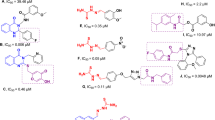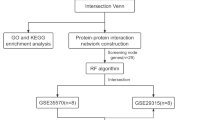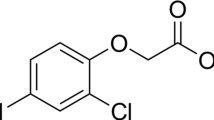Abstract
TWELVE years ago, Fox1 discovered a curious property of phenylthiocarbamide. He was putting some of the substance into a bottle when a colleague complained of the extremely bitter taste, which Fox himself was unable to confirm. The question was investigated by Blakeslee2, who found that a sample of the American population contained 40 per cent of individuals who were non-tasters. Furthermore, it was found that if two non-tasters married, their children were also non-tasters. The ability to taste (T) is dominant to non-tasting (t), so that parents having the constitution Tt may have non-tasting children; but if one of them is homozygous, Tt, then all the children will be tasters of phenylthiocarbamide. The test has been used as a genetic marker in the investigation of human pedigrees3,4,5.
This is a preview of subscription content, access via your institution
Access options
Subscribe to this journal
Receive 51 print issues and online access
$199.00 per year
only $3.90 per issue
Buy this article
- Purchase on SpringerLink
- Instant access to full article PDF
Prices may be subject to local taxes which are calculated during checkout
Similar content being viewed by others
References
Fox, A. L., Proc. U.S. Nat. Acad. Sci., 18, 115 (1932).
Blakeslee, A. F., Proc. U.S. Nat. Acad. Sci., 18, 120 (1932).
Boyd, W. C., and Boyd, L. G., Ann. Eugenics, 8, 46 (1937).
Riddell, W. J. B., Trans. Ophth. Soc., 59, 275 (1939).
Riddell, W. J. B., Ann. Eugenics, 10, 1 (1940).
Author information
Authors and Affiliations
Rights and permissions
About this article
Cite this article
RIDDELL, W., WYBAR, K. Taste of Thiouracil and Phenylthiocarbamide. Nature 154, 669 (1944). https://doi.org/10.1038/154669a0
Issue date:
DOI: https://doi.org/10.1038/154669a0



